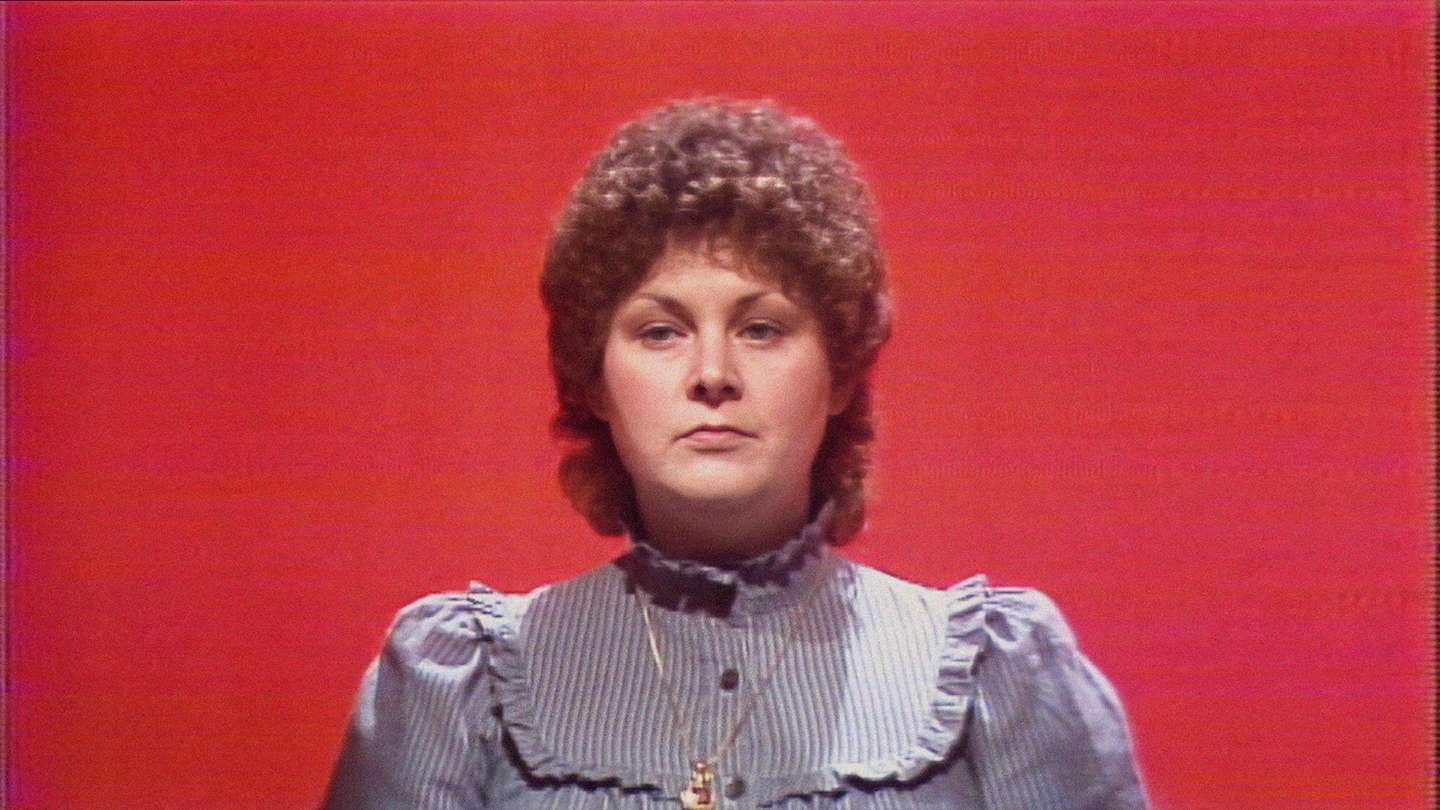One of the experts interviewed in Satan Wants You, a disturbingly compelling documentary making its world premiere at SXSW, points out that, today, the 1980s cultural phenomenon known as the “Satanic Panic” is seen as a joke. Bands of Satanists kidnapping children and eating babies? OK, such talk is not ha-ha funny. But with the passage of time we can certainly call such accusations absurd. In the moment there was nothing funny about it, and results for many falsely accused individuals were devastating.
In Satan Wants You, directors Sean Horlor and Steve J. Adams lay the blame on two fascinating individuals: Michelle Smith and Dr. Lawrence Pazder. In 1980, the native of Victoria, British Columbia, and her psychiatrist (Pazder) released the book Michelle Remembers, whose cover teased readers with the following description: “The true story of a year-long contest between innocence and evil.” Smith’s account of childhood Satanic ritual abuse was “unearthed” through recovered memory therapy at the hands of Pazder. As Satan Wants You shows, the book––and the way-too-close relationship between patient and psychiatrist––drew interest around the world. Now, Michelle Remembers is best remembered as the gateway to oodles of accusations of satanism and discredited memories. “This book has helped shape the world we now live in,” explains podcaster Sarah Marshall. She calls the book “patient zero of the Satanic Panic.”
The story told by Satan Wants You is full of interest and intrigue. Decades later it’s easy to wonder how so many people around the world––including members of law enforcement––could so easily believe such nonsense. As much as Horlor and Adams are sharing the history of Smith and Pazder, they are also studying hysteria and misinformation––both firmly still with us.
The most fascinating moments of Satan Wants You are frighteningly intense audio recordings of Smith’s therapy sessions with Pazder. Hearing an adult scream “I can’t tell what’s real anymore… I couldn’t tell what was real” is startling, obviously upsetting. So too is media footage of the time. Smith speaks with alarming blankness on a variety of 1980s television programs, including a ludicrous stint on To Tell the Truth. These clips, buttressed with incisive commentators, make a strong case that Smith and Pazder have a lot to answer for.
But missteps throughout keep the film from moving beyond the realm of typical streaming doc. If that is not an awful category (there are some very captivating offerings on Netflix and the like) the standard approach––talking heads, some archival footage, the dreaded reenactments––is trite and unoriginal. Reenactments are sparingly used in Satan Wants You, yet the few that make it are disastrous. The therapy recordings are genuinely chilling; re-enactments play like a cheap Rosemary’s Baby knock-off.
Another failure involves the use of Pazder’s first wife, Marilyn Pazder. As Satan Wants You demonstrates, she was one of the first individuals to identify the holes in Smith’s story. (Most notably, Smith is pictured happily in a grammar school yearbook during the stretch of time in which she claimed to be kidnapped.) After this quick reveal, though, it moves on from her. A shame: she seemed the unlikely hero viewers have been waiting to see.
Another disappointment is onscreen absence of Smith, who is still alive. (Pazder––who Smith eventually married––has passed away.) Smith’s decision to pass on being interviewed is not the least bit surprising. It is, however, unfortunate. Viewers will find it hard to shake the feeling that a current interview with Smith, or even just a brief appearance, could have been the type of dramatic conclusion that would move Satan Wants You from watchable to unforgettable. The filmmakers cannot be blamed for Smith’s decision, of course. But wanting more from an ending is on them.
Still, they have crafted a mostly engrossing and important documentary. Michelle Remembers may have been hogwash, but given the scary rise in widespread misinformation, the book and the story should not be forgotten.
Satan Wants You premiered at SXSW 2023.

